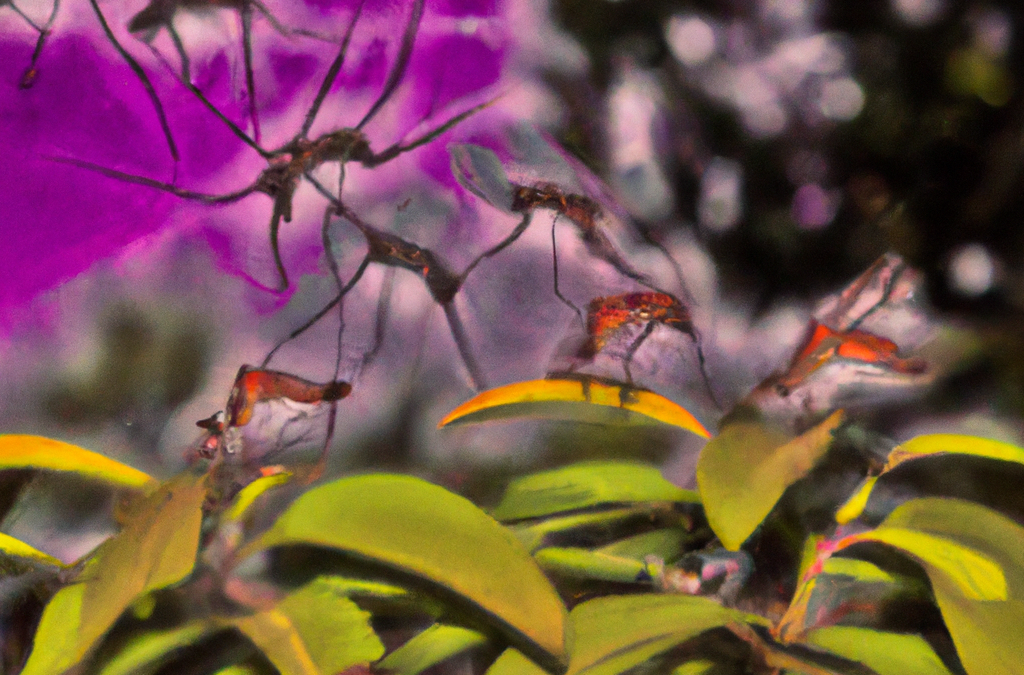Malaria in Sarasota presents an unexpected and concerning challenge, as this mosquito-borne disease typically associated with tropical regions has made its presence felt in this Florida city.
We are just a pest control company, but this is a very serious issue that we hope everyone will pay more attention to. We can learn by delving into the current situation of malaria cases in Sarasota, examining the factors contributing to its emergence and exploring the measures being taken to combat the disease. Join us as we shed light on the threat of malaria in Sarasota and discuss the efforts being made to protect the community.
Understanding the Emergence of Malaria in Sarasota
The emergence of malaria cases in Sarasota, Florida, is a surprising development that highlights the need for increased vigilance. Malaria is caused by the Plasmodium parasite and transmitted through the bite of infected female Anopheles mosquitoes. While malaria is traditionally associated with tropical and subtropical regions, Sarasota’s warm climate and mosquito population create favorable conditions for the disease to take hold.
Several factors contribute to the presence of malaria in Sarasota. The city attracts visitors from around the world, including regions where malaria is endemic. If an infected individual is bitten by a local mosquito, the parasite can be transmitted, leading to potential local transmission. This underscores the importance of raising awareness among both travelers and residents about the risks and preventive measures.
Combating Malaria Prevention and Control Efforts
Local health authorities and organizations in Sarasota are actively addressing the threat of malaria. Prevention and control strategies are crucial in reducing the risk of transmission and mitigating the impact of the disease. The primary focus lies in controlling the mosquito population to disrupt the transmission cycle.
In Sarasota, mosquito control initiatives include comprehensive surveillance programs, targeted larviciding, and adulticiding. Through surveillance programs, authorities monitor mosquito populations, identify breeding areas, and implement appropriate control measures. Larviciding involves treating stagnant water sources where mosquitoes breed, while adulticiding aims to reduce adult mosquito populations using insecticides.
Public awareness campaigns play a significant role in malaria prevention. Educating the community about the importance of using insect repellents, wearing protective clothing, and eliminating mosquito breeding sites is crucial.
What You Can Do to Combat Mosquitoes
By empowering individuals to take proactive measures, the community can collectively reduce the risk of malaria transmission.
Minimize the Breeding Grounds – Mosquitoes only need a thimble of water in which to lay eggs. Store away any pot or container in your yard that might collect rainwater. Turn them over or put them in the shed.
Consider landscape choices – did you know that bromeliads collect water in the thick leaves? Mosquitoes find it a favorite spot to lay eggs.
Ask a professional pest control company like Heath Pest Control to provide a comprehensive mosquito treatment. We provide a preventative treatment that can repel mosquitoes for a month or more.
Looking Ahead: Collaboration and Research
Combating malaria in Sarasota requires a collaborative approach involving various stakeholders. Local health authorities are partnering with government agencies, healthcare organizations, and community groups to intensify mosquito control efforts and improve surveillance systems. Sharing knowledge and experiences with other regions facing similar challenges can facilitate the development of effective strategies.
Research and development are essential in the ongoing fight against malaria. Scientists are continually exploring innovative tools and techniques, such as insecticide-treated bed nets and novel mosquito control methods, to combat the disease. By investing in research, public health agencies and research institutions can gain a better understanding of the local malaria situation in Sarasota and adapt preventive measures accordingly.
The emergence of malaria in Sarasota is a stark reminder that mosquitoes do not adhere to geographical boundaries. The proactive measures undertaken by local authorities and organizations in controlling the mosquito population and raising awareness about malaria prevention are commendable. With collaborative efforts, ongoing research, and community involvement, it is possible to combat the threat of malaria in Sarasota and protect the health and well-being of its residents and visitors. Stay informed, stay vigilant, and join the fight against malaria in Sarasota. We are all in this together.

